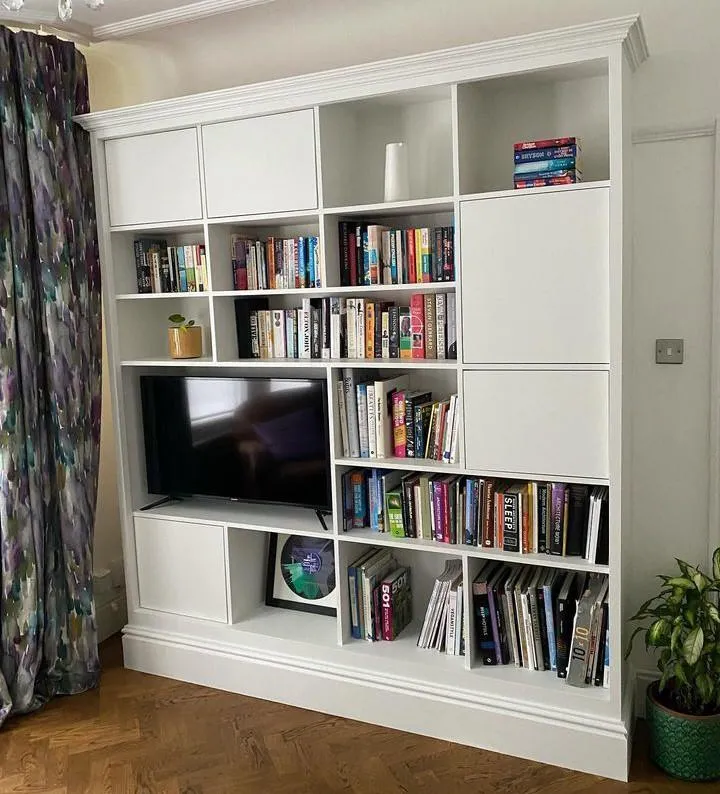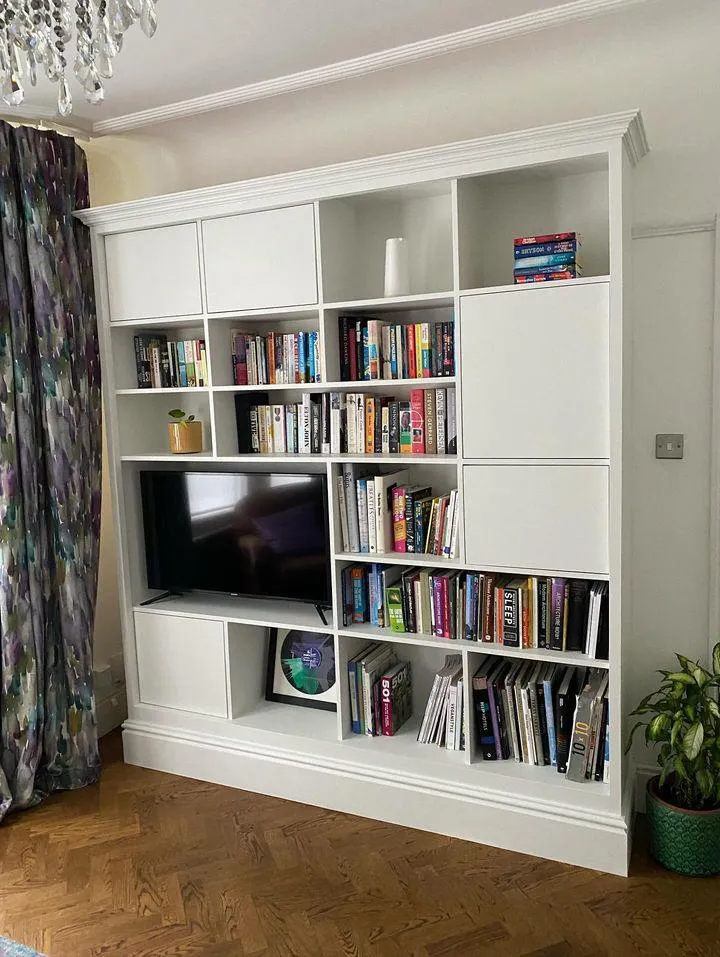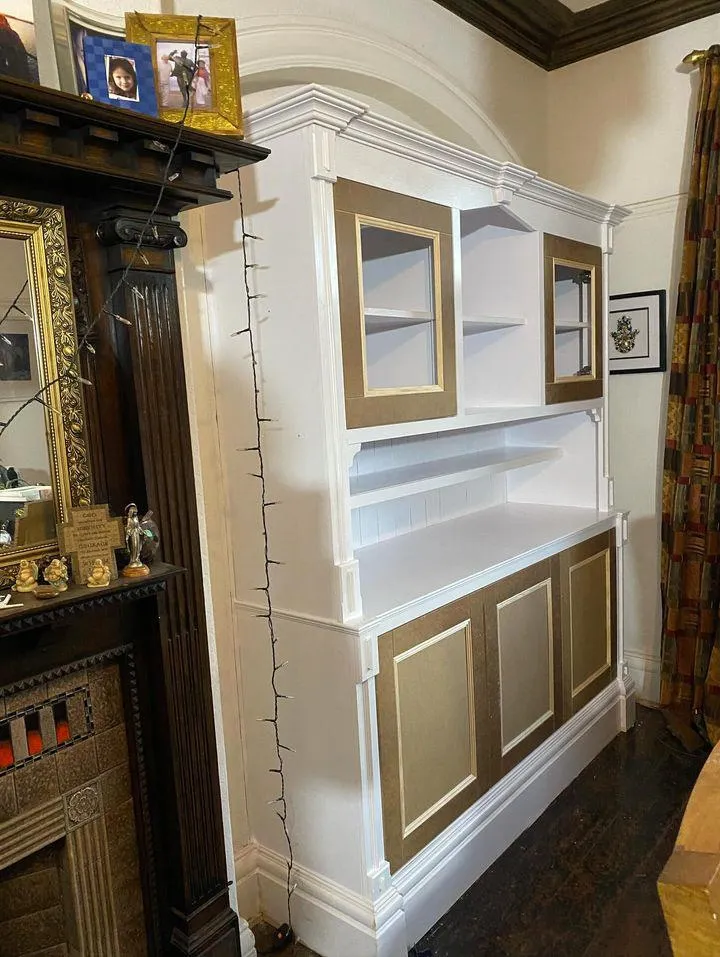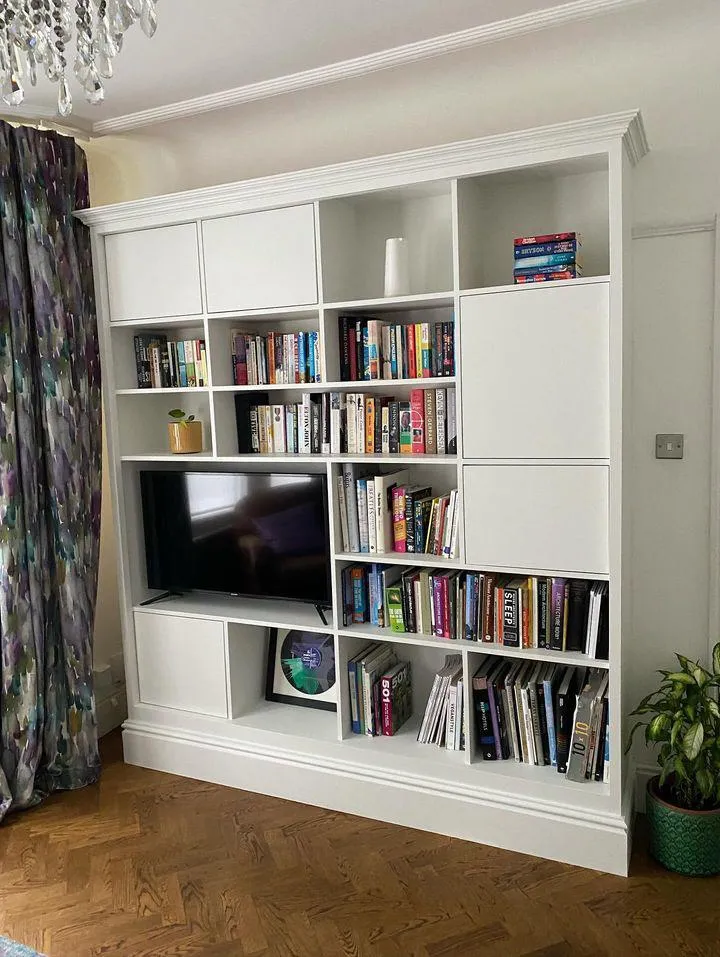Joinery Services Liverpool
Discover the finest joinery services Liverpool has to offer. At Independent Joinery, we blend traditional craftsmanship with modern innovation to create bespoke joinery solutions tailored to your needs.

About Independent Joinery
Bespoke Joinery Liverpool
At Independent Joinery, we blend passion with precision to deliver exceptional bespoke joinery services in Liverpool. Our skilled team of craftsmen specialises in crafting custom woodwork, from bespoke cabinets and under-stairs storage to elegant alcove solutions, transforming your space into something truly extraordinary.
We take pride in our commitment to quality craftsmanship, creativity, and client satisfaction. Every project is tailored to your unique needs, combining timeless designs with modern functionality. Whether you’re looking for bespoke joinery in Liverpool or a trusted joiner in the Liverpool area, we’re here to bring your vision to life.
Skilled Liverpool Joiner
Exceptional Quality
Bespoke Joinery Solutions
Unique Bespoke Woodwork
Timeless Designs
Client-Centric Approach
Satisfaction Guaranteed
Bespoke Joinery Creations

About Independent Joinery
Bespoke Joinery Liverpool
At Independent Joinery, we blend passion with precision to deliver exceptional bespoke joinery services in Liverpool. Our skilled team of craftsmen specialises in crafting custom woodwork, from bespoke cabinets and under-stairs storage to elegant alcove solutions, transforming your space into something truly extraordinary.
We take pride in our commitment to quality craftsmanship, creativity, and client satisfaction. Every project is tailored to your unique needs, combining timeless designs with modern functionality. Whether you’re looking for bespoke joinery in Liverpool or a trusted joiner in the Liverpool area, we’re here to bring your vision to life.
Skilled Liverpool Joiner
Exceptional Quality
Skilled Liverpool Joiner
Unique Bespoke Woodwork
Timeless Designs
Client-Centric Approach
Bespoke Joinery Creations
Satisfaction Guaranteed
Joinery Services in Liverpool
Transforming Spaces

Bespoke Joinery
We specialise in bespoke joinery services in Liverpool, creating custom-crafted solutions that reflect your unique style and needs. From elegant cabinetry to statement staircases, our skilled joiners combine traditional techniques with modern innovation to deliver unparalleled results.

Alcoves
Transform unused spaces into stunning, functional features with our bespoke alcove joinery services in Liverpool. At Independent Joinery, we design and craft custom alcove storage, shelving, and units to perfectly complement your home or business.

Under Stairs Storage
Make the most of every inch in your home with our bespoke under stairs storage solutions in Liverpool. At Independent Joinery, we specialise in designing and crafting stylish, practical storage units that transform underutilised areas into functional and beautiful features.

Cabinets
Enhance your interiors with beautifully crafted bespoke cabinets from Independent Joinery. Whether you’re seeking sleek kitchen units, stylish bathroom storage, or custom-built cabinets for your living or workspaces, we deliver joinery solutions designed to meet your exact needs.

Kitchen Joinery
Create the kitchen you’ve always envisioned with Independent Joinery’s bespoke kitchen joinery services in Liverpool. Our expert joiners specialise in designing and crafting custom cabinetry, worktops, and storage solutions that combine functionality with timeless style.
Explore Our Portfolio of Bespoke Joinery in Liverpool
Recent Projects
















Contact Joiners in Liverpool
At Independent Joinery , passion meets precision to deliver outstanding joinery services in Liverpool. Our skilled artisans specialize in crafting bespoke woodwork that transforms spaces and brings your vision to life.
Our focus is on building lasting relationships with clients, grounded in exceptional customer satisfaction.
Founded by David, Independent Joinery brings over a decade of experience in timber preservation, restoration, and renovation. We handle projects of all sizes for both residential and commercial customers, primarily serving the Liverpool area.
We are more than happy to provide free quotations and expert recommendations upon request.
Get a quote
Every Project Delivered with Precision
Elevate your space today with bespoke joinery solutions from Independent Joinery.
Copyright 2025. Independent Joinery. All Rights Reserved.

